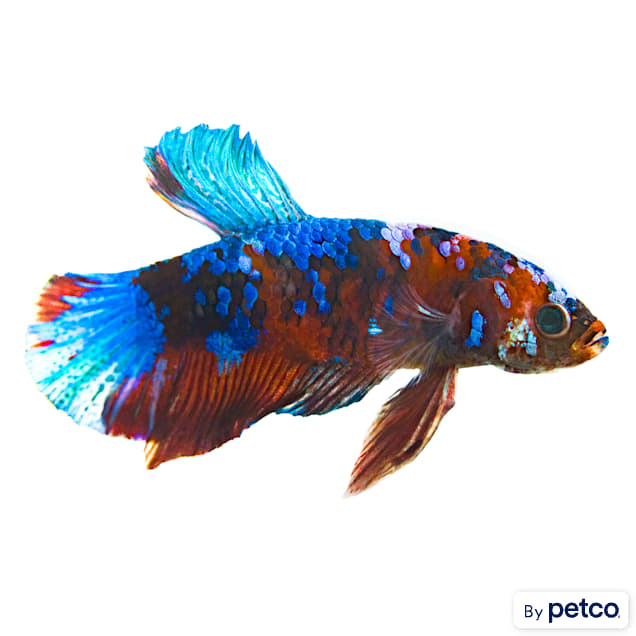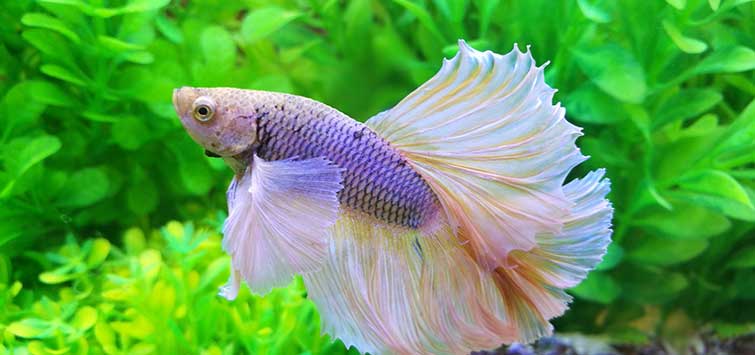How to Reproduce Betta Fish Successfully: Specialist Methods and Insights for Hobbyists Wanting To Increase Their Betta Collection
Breeding Betta fish requires a nuanced understanding of genes and environmental problems, making it necessary for hobbyists to come close to the procedure with both diligence and treatment. Producing an optimal reproduction atmosphere, selecting the appropriate pairs, and observing the intricacies of their courtship habits are foundational actions that can substantially impact the end result. In addition, the subsequent care of the fry is essential for ensuring their healthy and balanced growth. As we explore these crucial components, it becomes clear that effective reproduction is not just regarding the first pairing but includes a more comprehensive strategy that values mindful consideration.
Recognizing Betta Fish Genetics
Comprehending the genetics of Betta fish is essential for successful reproduction, as it affects qualities such as color, fin shape, and actions. Betta fish display a diverse array of shades and patterns, mainly figured out by their genetic make-up.
In enhancement to coloration, fin morphology is another substantial facet of Betta genetics (betta fish). The form and dimension of fins are influenced by numerous genetics, including those that establish whether the fins are brief, long, or veil-shaped. Understanding these hereditary variants helps dog breeders anticipate the phenotypic outcomes of their spawn
Furthermore, behavioral qualities such as aggressiveness and territoriality can additionally be influenced by genes. These habits play an important duty in the breeding procedure, as they can impact generating success and the general temperament of the resulting fry. By adequately comprehending these hereditary concepts, breeders can make enlightened decisions, ultimately improving their breeding programs and accomplishing preferable results.
Preparing the Reproduction Environment
Producing an optimum breeding environment is crucial for the effective recreation of Betta fish. The first step in preparing this atmosphere is to pick a suitable breeding storage tank, preferably varying from 5 to 10 gallons.
Next, consider the use of a sponge filter or an air rock to give mild water circulation without producing strong currents that can worry the fish. It is crucial to mount plants or breeding cones to offer hiding spots and promote convenience for the lady during the spawning process. Floating plants, such as Java moss or water sprite, can additionally create a more native environment while assisting in bubble nest structure by the man.
Before presenting the breeding pairs, make certain the water is conditioned and devoid of dangerous chemicals, such as chlorine or hefty steels. betta fish. Regular water changes should be conducted to maintain optimum water top quality, boosting the opportunities of effective breeding. With these preparations in place, the breeding setting will certainly sustain the health and wellness and wellness of both Betta fish
Selecting Breeding Pairs
Selecting the best breeding pairs is essential for accomplishing effective Betta fish reproduction. Healthy Betta fish display vibrant colors, clear eyes, and energetic actions.
Temperament is another crucial consideration, as Betta fish are recognized for their hostile nature. It is advisable to pick a male and female that display suitable characters to lessen stress and anxiety during the breeding procedure. A tranquil male can encourage a smoother courtship, while a lady that is also hostile may disrupt the procedure.
Genetic background also plays a considerable function in the quality of the children. Reproducing fish that are genetically diverse can lower the danger of genetic wellness problems and enhance the overall vitality of the fry. It is helpful to look into the lineage of both the man and lady, focusing on preferable characteristics such as fin type, color scheme, and dimension.
The Reproduction Process
The breeding process of Betta fish calls for cautious preparation and focus to information to make sure a successful end result. It is essential to prepare an appropriate breeding tank, preferably a 5-10 gallon aquarium with a temperature level preserved at 78-80 ° F. The tank ought to be geared up with a heater, filter (preferably sponge type to stay clear of strong currents), and lots of water plants for the female to hide.
As soon as the atmosphere is established, introduce the chosen breeding pair to the tank, permitting them to adapt. Observe their behavior; the man will certainly display fancy courtship rituals, consisting of flaring his fins and building a bubble nest. If the female reveals passion, she will present upright red stripes indicating readiness for spawning.
When the female is receptive, the pair will certainly participate in a breeding embrace, during which the male fertilizes the eggs. It is essential to check their interactions very closely, as the male might end up being hostile. After generating, eliminate additional hints the female to stop prospective damage. The male will tend to the eggs, which typically hatch out within 24-36 hours. Preserving optimal water problems this article during this period is crucial for the growth of healthy Betta fry.
Taking Care Of Betta Fry

Feeding Betta fry is crucial, as they need a diet regimen high in healthy protein. They can be fed infusoria or liquid fry food, transitioning to finely smashed top notch pellets as they grow. Feed tiny content portions several times a day to encourage healthy growth without straining the tank with uneaten food.

As they mature, monitor their development very closely and separate any aggressive people to stop harm. By giving a supporting environment and proper nutrition, hobbyists can effectively raise Betta fry into lively, healthy and balanced fish, ultimately boosting their reproduction endeavors.
Verdict
Effective Betta fish reproduction requires meticulous attention to genetic selection, environmental conditions, and care for the fry. By understanding the genetics of Betta fish and preparing an appropriate breeding environment, enthusiasts can boost the chances of producing vibrant, healthy offspring.